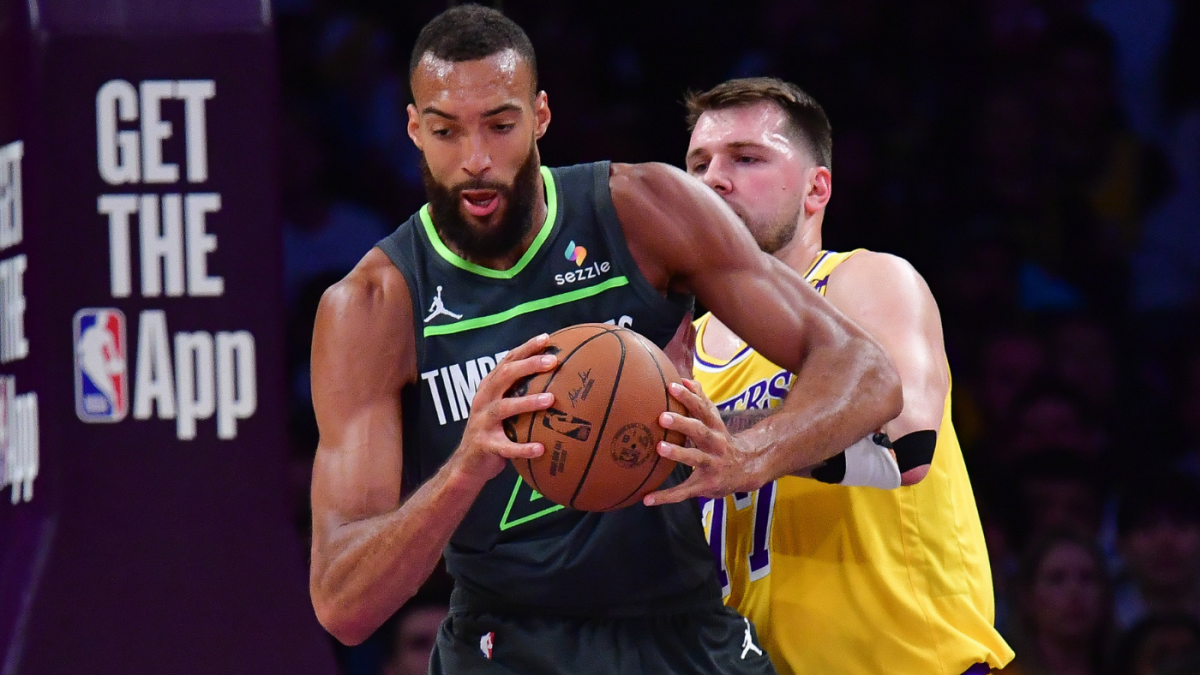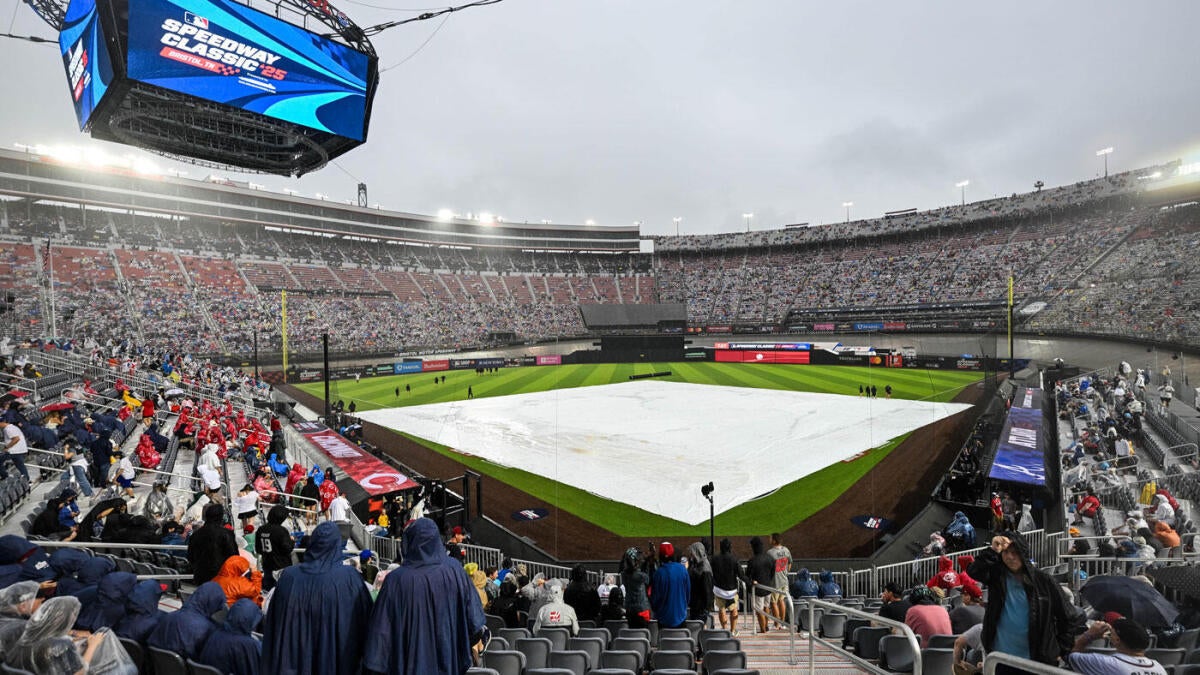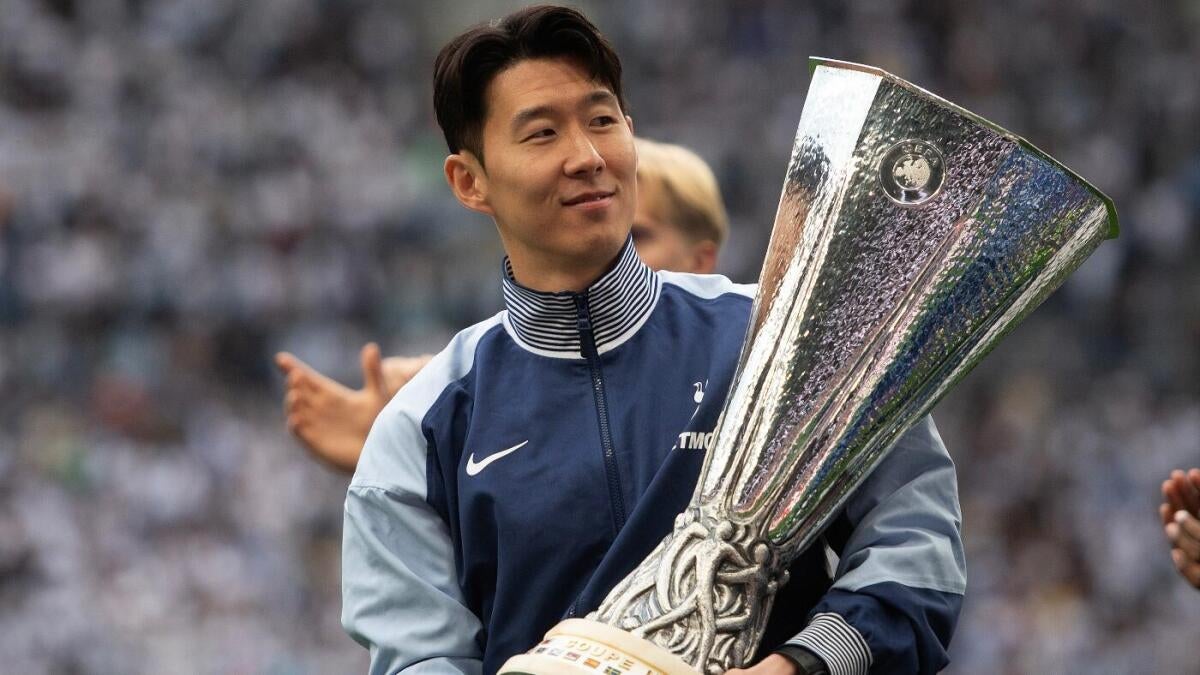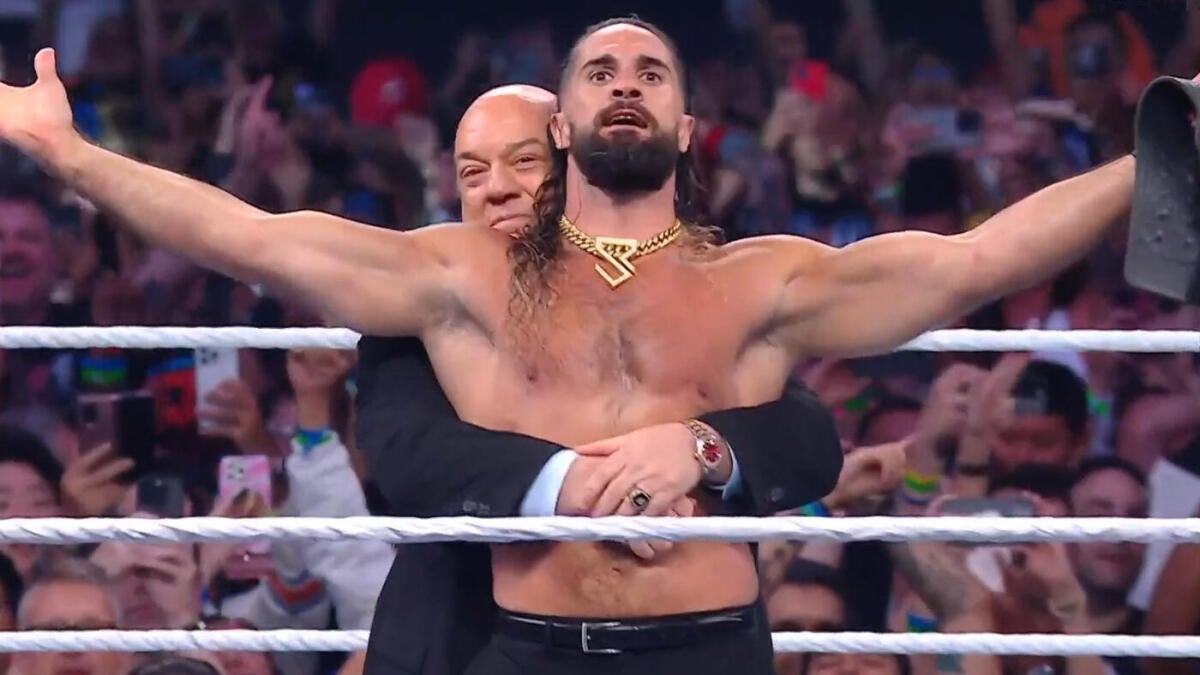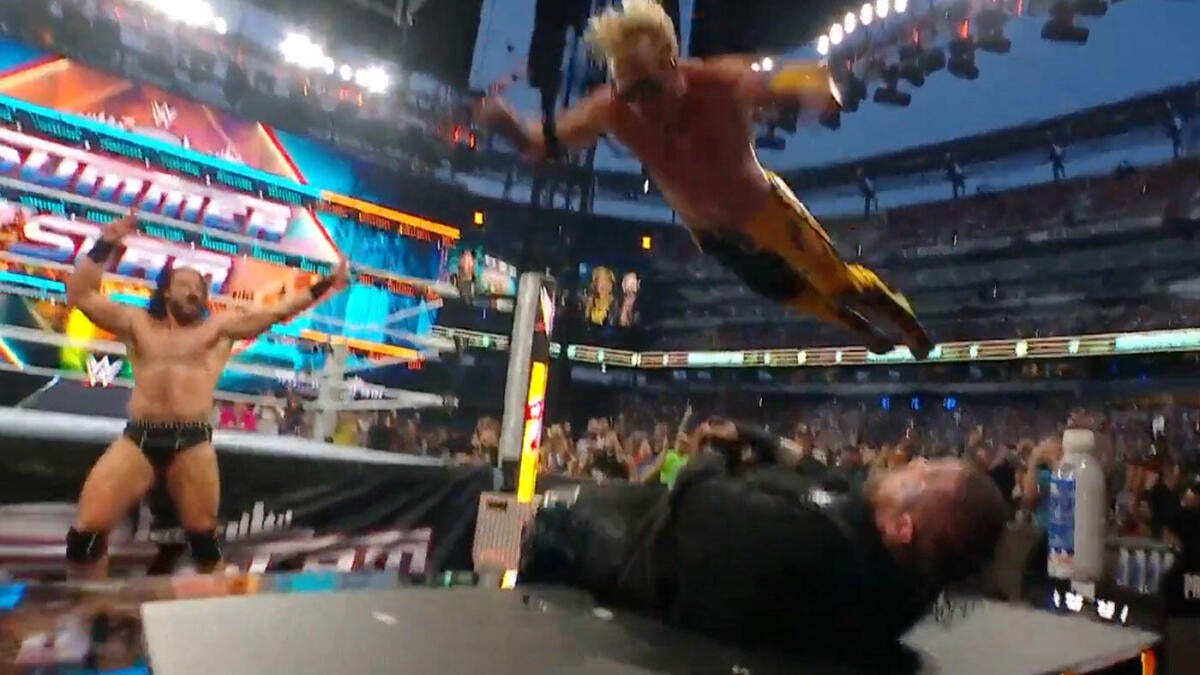The Timberwolves’ Turning Point: How Rudy Gobert Rewrote the Narrative
Introduction: When the Game Demanded More
Playoff basketball has a way of exposing players—either revealing their limitations or showcasing their ability to rise when it matters most. For Rudy Gobert, Game 5 against the Lakers was the latter. In a game where the Timberwolves shot a dismal 39% from the field and their star scorers faltered, Gobert didn’t just fill the gaps; he became the engine of victory. His 27-point, 24-rebound masterpiece wasn’t just a career playoff high—it was a statement. This wasn’t just about stats; it was about rewriting his own playoff narrative and proving that his impact transcends traditional defensive labels.
Breaking Down the Lakers’ Small-Ball Experiment
The Lakers’ Miscalculation
Los Angeles entered Game 5 confident in their small-ball approach, which had given Minnesota trouble earlier in the series. By downsizing, they aimed to stretch Gobert out of the paint, forcing him into uncomfortable perimeter matchups. But Gobert turned their strategy against them. Instead of being neutralized, he exploited the Lakers’ lack of size, dominating the offensive glass with seven rebounds and converting second-chance opportunities into 12 crucial points.
Defensive Anchoring at Its Finest
While Gobert’s offensive numbers grabbed headlines, his defensive presence was the silent stabilizer. The Lakers, who had success driving and kicking in previous games, found themselves second-guessing shots in the lane. Gobert’s mere presence altered their shot distribution—Los Angeles attempted just 18 shots in the restricted area, down from their series average of 24. His ability to deter drives without fouling (only two personal fouls in 38 minutes) was a masterclass in disciplined rim protection.
The Numbers Behind the Dominance
Efficiency When It Mattered
Gobert’s 27 points came on just 10 field goal attempts—an absurd 90% true shooting percentage. He capitalized on every mismatch, whether sealing smaller defenders for easy dunks or drawing fouls (7-of-8 from the line). His 24 rebounds included six on the offensive end, directly leading to 14 Timberwolves points. In a game decided by seven points, those extra possessions were the difference.
The Unseen Impact
Advanced metrics underscored Gobert’s two-way dominance:
– +24 in plus/minus (highest on the team)
– 38.2% contested rebound rate (league average for centers: 22%)
– 94.3 defensive rating when on the floor
These numbers reflect a player who controlled the game’s tempo without needing to dominate the ball—a rarity in today’s perimeter-centric NBA.
The Ripple Effect on the Timberwolves
Lifting Struggling Stars
Karl-Anthony Towns and Anthony Edwards combined to shoot 12-of-43 (27.9%), yet Minnesota won. Why? Gobert’s interior dominance allowed them to play through their cold streaks without panic. His screens (a game-high 12 “screen assists”) created open looks that simply didn’t fall. More importantly, his energy on the glass kept possessions alive, masking the team’s poor shooting night.
A Psychological Edge
Beyond the box score, Gobert’s performance shifted the series’ narrative. After being labeled a playoff liability in past years, he became the focal point of a closeout win. The Timberwolves, often criticized for their late-game execution, played with uncharacteristic poise down the stretch—a byproduct of Gobert’s steadying presence.
Looking Ahead: What This Means for the Next Round
The 76ers’ Challenge
Philadelphia presents a different test with Joel Embiid’s unique blend of size and skill. But Gobert’s Game 5 tape offers a blueprint:
– Offensive aggression: Embiid can be forced into foul trouble (3.6 PF per game this postseason).
– Vertical spacing: Gobert’s rolls to the rim must remain a priority to punish drop coverage.
Sustainability Questions
Can Gobert maintain this level? History suggests yes—his regular-season highs (25+ points in three games) came against elite competition (Denver, Boston). If he can replicate even 80% of this output, Minnesota becomes a nightmare matchup for any contender.
Conclusion: More Than Just a Big Man
Rudy Gobert’s Game 5 wasn’t an anomaly; it was the culmination of a career spent refining his craft. In a league obsessed with versatility, he reminded everyone that traditional big-man dominance still wins games. But this performance went beyond rebounds and dunks—it was about leadership, adaptability, and quiet resilience. As the Timberwolves advance, they do so with a renewed identity: one shaped not by flashy scoring, but by the relentless presence of a player who chose the perfect moment to remind the NBA who he truly is.







